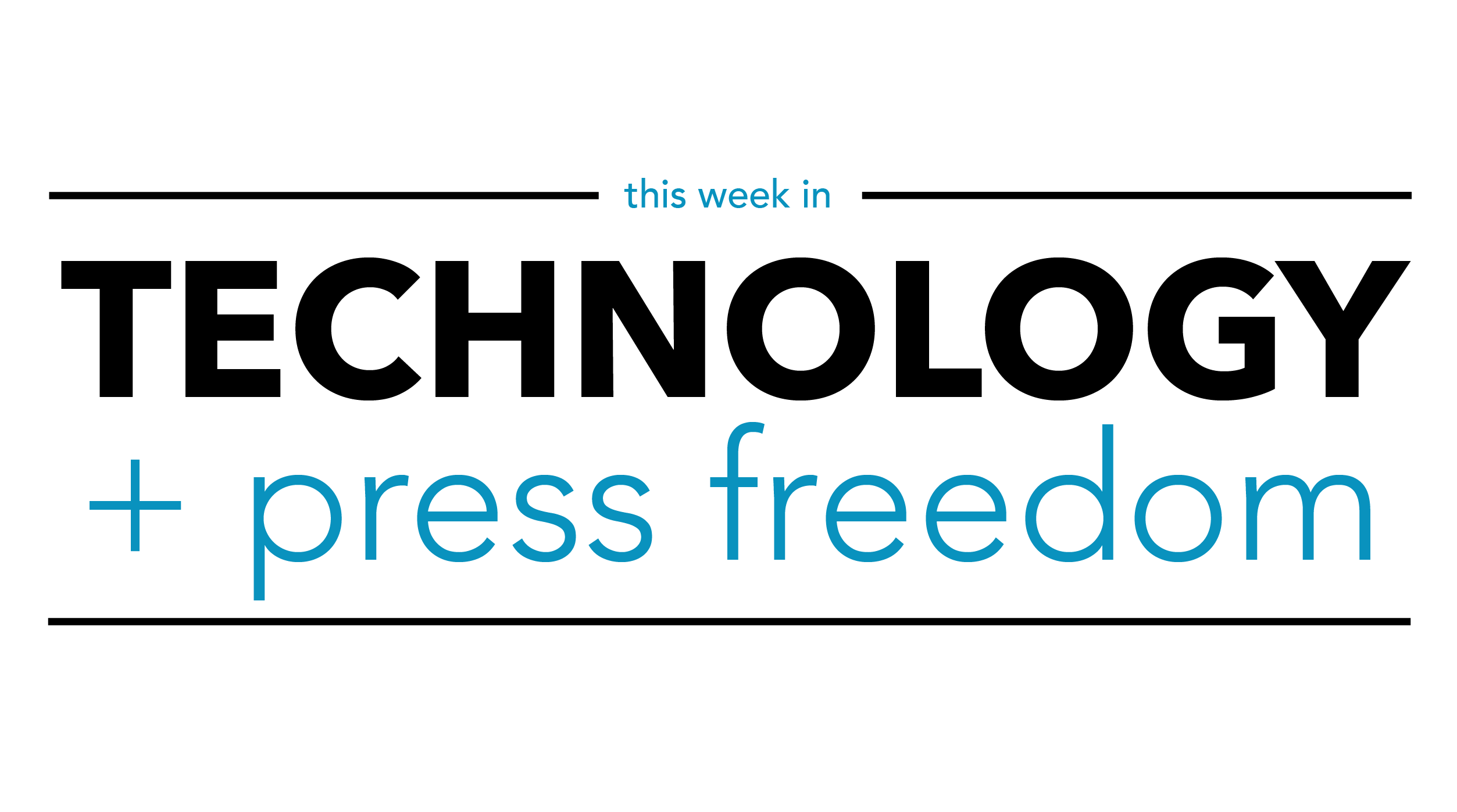Why were Minnesota police photographing journalists?

As Minnesota Gov. Tim Walz granted, it made for “Orwellian” imagery — journalists forced to lie prone until it was their turn to be photographed, without consent, by the law enforcement officers tasked with responding to protests over the shooting of Daunte Wright. The lineup was one of a slew of press rights violations reported during the demonstrations, and one of the more baffling ones. Minnesota State Patrol claimed that the idea was to “expedite the identification process,” but it’s difficult to see how taking a new photograph helps identify a reporter who has already presented you with their press credentials or a driver’s license.
BuzzFeed’s Ryan Mac flagged one eerie, alternative possibility: Both the Minneapolis Police Department and the Minnesota Fusion Center have previously used the services of Clearview AI, the facial recognition service. (It’s unclear if Minnesota State Patrol does.) As several lawsuits filed against the company have noted, the government’s misuse of facial surveillance services — to pick out a community leader at a protest, or a journalist meeting a source in a park — can burden important First Amendment interests. We hope that any photos that were improperly taken will be expunged rather than stashed away in a law enforcement database.
The State Patrol’s commitment to stop snapping these photos was one of several the agency made after Judge Wilhelmina Wright of the federal district court in Minnesota issued a temporary restraining order, finding that officers had likely violated the First Amendment by dispersing individuals they knew (or should have known) were working journalists. Relying on the recent decision by the U.S. Court of Appeals for the Ninth Circuit in Index Newspapers v. U.S. Marshals Service, which arose out of federal officers’ response to protests in Portland, Judge Wright concluded that dispersal orders at a demonstration must be narrowly tailored to accommodate continued reporting. (You won’t be surprised to hear that we agree.) Minnesota authorities have indicated they plan to abide by the terms of the order; as of this writing, further proceedings have yet to be scheduled.
The Reporters Committee joined more than two dozen media organizations in condemning the press-rights violations in Minnesota; we’ll continue to monitor the situation in the days ahead.
Like what you’ve read? Sign up to get the full This Week in Technology + Press Freedom newsletter delivered straight to your inbox!
The Technology and Press Freedom Project at the Reporters Committee for Freedom of the Press uses integrated advocacy — combining the law, policy analysis, and public education — to defend and promote press rights on issues at the intersection of technology and press freedom, such as reporter-source confidentiality protections, electronic surveillance law and policy, and content regulation online and in other media. TPFP is directed by Reporters Committee attorney Gabe Rottman. He works with Stanton Foundation National Security/Free Press Legal Fellow Grayson Clary and Technology and Press Freedom Project Legal Fellow Mailyn Fidler.